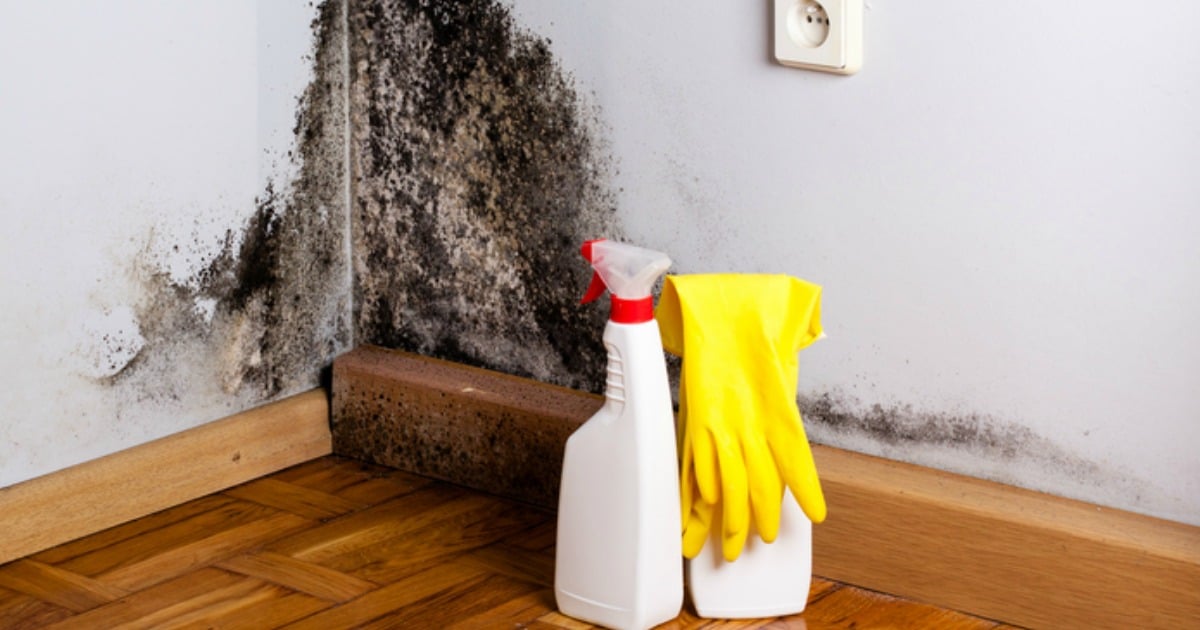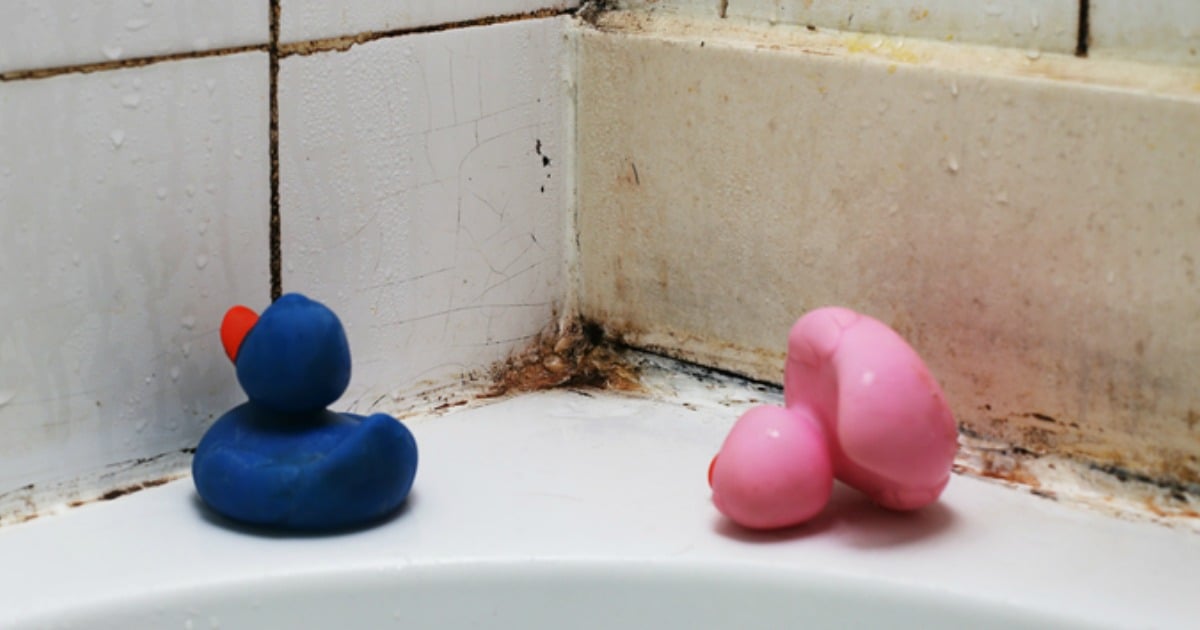Look, I don’t want to sound too dramatic but my apartment is trying to kill me.
Over the past couple of months a new ‘flatmate’ has moved in and it’s hiding in the corners, crawling up the walls, spreading itself all over my ceilings and ruining my best shoes…and it’s not even paying any rent.
Nope, it’s not a poltergeist, it’s mould. Dirty stinking mould.
According to the Daily Telegraph, Sydney is experiencing a “perfect storm” of mould-growing conditions – prolonged rain, high humidity and poor ventilation – while Melbourne and other parts of Australia are also going through some very mouldy times.
Mould can lead a range of serious medical conditions including asthma, yeast infections, skin infections, and even anxiety and depression.
My mould problem started in the bathroom (old building, no ventilation, crappy little push up window) and very quickly moved into my bedroom and living room.


